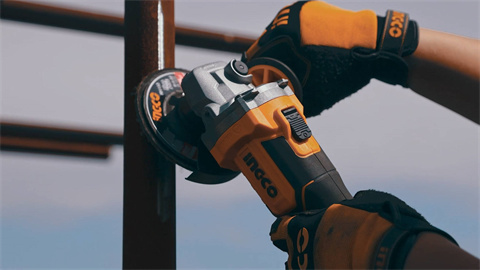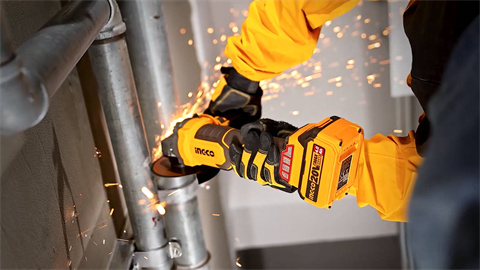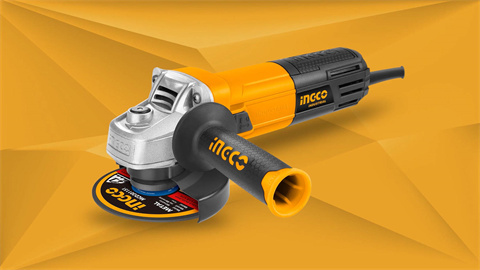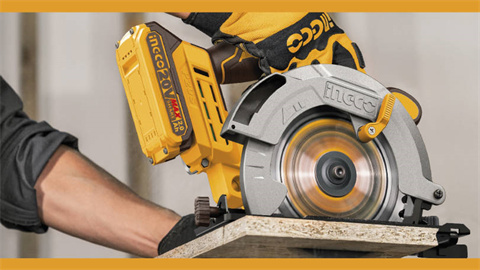Do I Need an Angle Grinder? Here's Why You Might
An angle grinder is a powerful handheld tool used for cutting, grinding, sanding, and polishing various materials. If you are asking yourself, "Do I need an angle grinder?" the answer likely depends on the range of projects you plan to make. This versatile tool can make quick work of metal, masonry, and wood, making it an invaluable addition to any DIY enthusiast’s toolkit.
Whether you are renovating your home, building furniture, or just love taking on new projects, an angle grinder can help you achieve professional results with ease. Discover how this indispensable tool can elevate your DIY game!
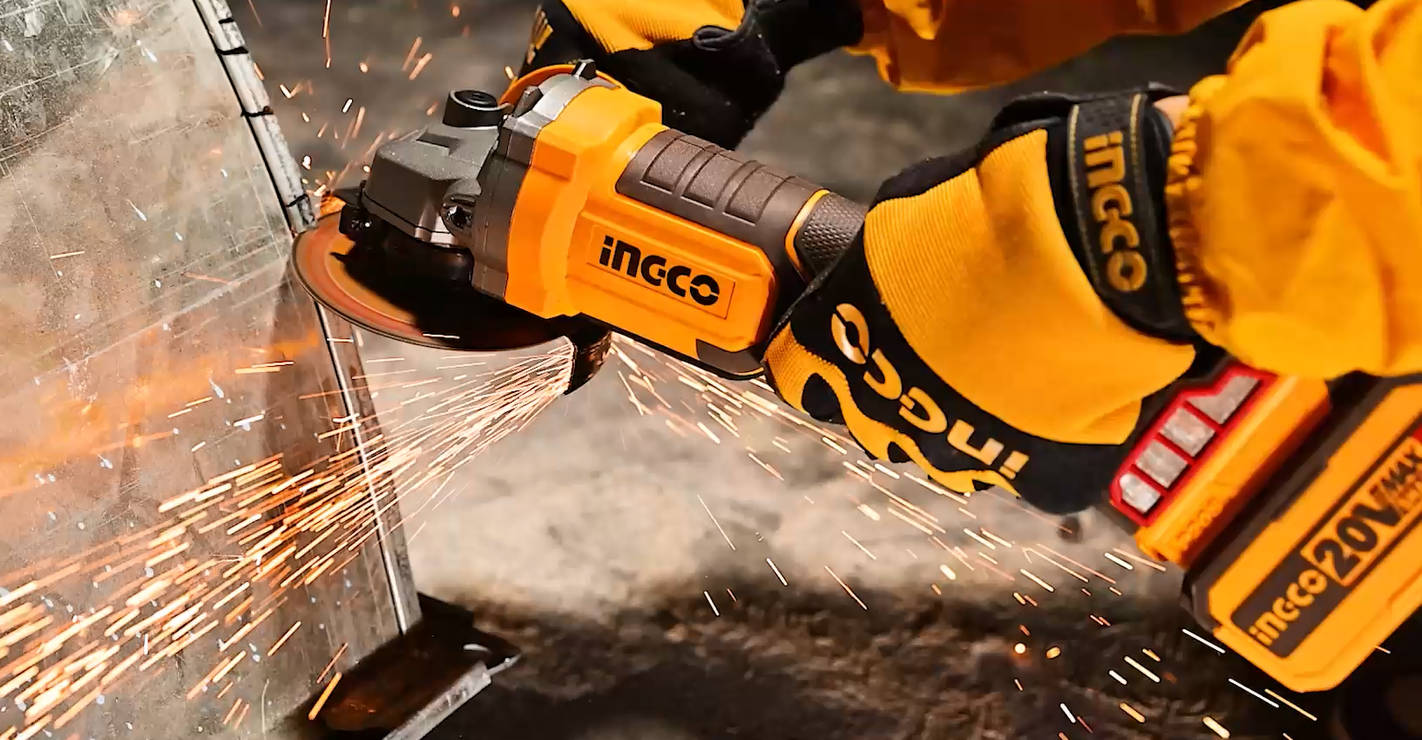
Do I Need an Angle Grinder?
If you are into DIY projects, a versatile tool that can cut, grind, sand, and polish various materials is worth adding to your workshop.
An angle grinder can significantly speed up your work. This tool makes it perfect to perform heavy-duty tasks quickly and efficiently, saving you time and effort. It makes cutting through a metal pipe, removing rust from a piece of old machinery, or any work involving machinery easier and quicker.
When you fit them with appropriate attachments, angle grinders can be powerful tools that offer precision. This improvement allows for clean cuts and smooth finishes, helping you achieve professional-level project results. Whether you are making precise cuts in tiles for a bathroom renovation or smoothing out rough edges on a wooden piece, knowing how to use an angle grinder can help you achieve the perfect finish.
If you want to upgrade your DIY projects, consider an angle grinder that allows you to cut, grind, sand, and polish various materials without being tethered to an outlet. A cordless angle grinder from INGCO is a perfect example of this convenience. It gives you the ultimate freedom in your DIY projects. It offers the same power and versatility as corded models, eliminates the hassle of managing cords, and allows you to work anywhere easily. Perfect for home renovations, furniture crafting, and small repairs, this tool enhances and doubles your efficiency and precision.
.jpg)
What Are Angle Grinders Used For?
Angle grinders can do work with much convenience. Here are some of the uses of angle grinders:
1. Angle grinders cut through rigid materials like metal, tile, and masonry. You can make clean and precise cuts with the right blade, making it ideal for installing flooring or creating custom metalwork.
2. Grinding is another common use, allowing you to smooth rough edges, remove rust, or shape metal and wood with precision.
3. Sanding and polishing are also within the capabilities of an angle grinder. You can easily sand down wood or remove paint by attaching a sanding disc.
How to Choose Angle Grinder?
Choosing the right angle grinder can make a huge difference in your DIY projects. With various factors to consider, here is a guide to help you select which angle grinder is best.
Disc Diameter
The disc diameter is a crucial factor in choosing an angle grinder. Common sizes include 4 inches, 4.5 inches and 9 inches. Smaller discs (4 inches and 4.5 inches) are ideal for precision tasks and tight spaces. In comparison, larger discs (9 inches) are better suited for heavy-duty cutting and grinding. Consider the type of projects you will be working on to select the appropriate size.
Wattage
Wattage indicates the power of the angle grinder. Higher wattage means more power and efficiency, especially for demanding tasks like cutting thick metal or grinding large surfaces. A grinder with 600 to 1,000 watts should suffice for general DIY work. However, consider a tool with higher wattage for heavy-duty use for optimal performance.
Speed
Angle grinders have different speed settings, measured in revolutions per minute (RPM). Higher speeds are useful for cutting and grinding, while lower speeds are better for polishing and sanding. Look for a grinder with adjustable speed settings to match various tasks and materials.
Brushless or Brushed
Angle grinders are available in brushless or brushed motor options. Brushless motors offer greater efficiency, longer lifespan, and reduced maintenance since they lack physical brushes. Brushed motors are more affordable but may require more frequent maintenance and shorter lifespans. For a more durable and maintenance-free option, consider a brushless angle grinder.
Power Supply
Angle grinders are available in corded and cordless versions. Corded grinders provide consistent power but restrict movement due to the power cord. Cordless grinders, powered by rechargeable batteries, offer greater mobility and convenience, making them ideal for working in various locations without needing a power outlet.
Safety Features
Safety should be a top priority when choosing an angle grinder. Look for features such as a protective guard to shield you from debris, a safety switch to prevent accidental starts, and a vibration reduction system to minimize user fatigue.
Additional Features
Consider additional features that may enhance your grinding experience. Some angle grinders come with adjustable handles for better control, dust extraction systems to keep your workspace clean, and quick-change mechanisms for easy disc swaps.
Conclusion
In conclusion, an angle grinder can be a versatile addition to your toolkit, answering the question, "Do I need an angle grinder?" With its various applications, from cutting and grinding to polishing and sharpening, this tool can enhance the efficiency and quality of your projects. Investing in the right angle grinder can significantly elevate your work, making tasks more manageable and precise. So, assess your requirements and take the step towards incorporating this valuable tool into your projects.
FAQ
What should you do if your angle grinder overheats?
If your angle grinder overheats, immediately turn it off and unplug it if it has a cord. Allow it to cool down completely before using it again. Overheating can be caused by overloading the tool, using it for extended periods without breaks, or a clogged vent. Check for any obstructions or wear and tear, and ensure proper ventilation during use.
Which angle grinder is best?
The best angle grinder depends on your specific needs. A 4.5-inch grinder with around 700-1,000 watts of power is ideal for general DIY use. Consider a larger model with higher wattage and a brushless motor for heavy-duty tasks for better efficiency and durability. Cordless models offer added convenience if mobility is essential. Look for adjustable speed, safety guards, and comfortable grips to enhance your experience.
